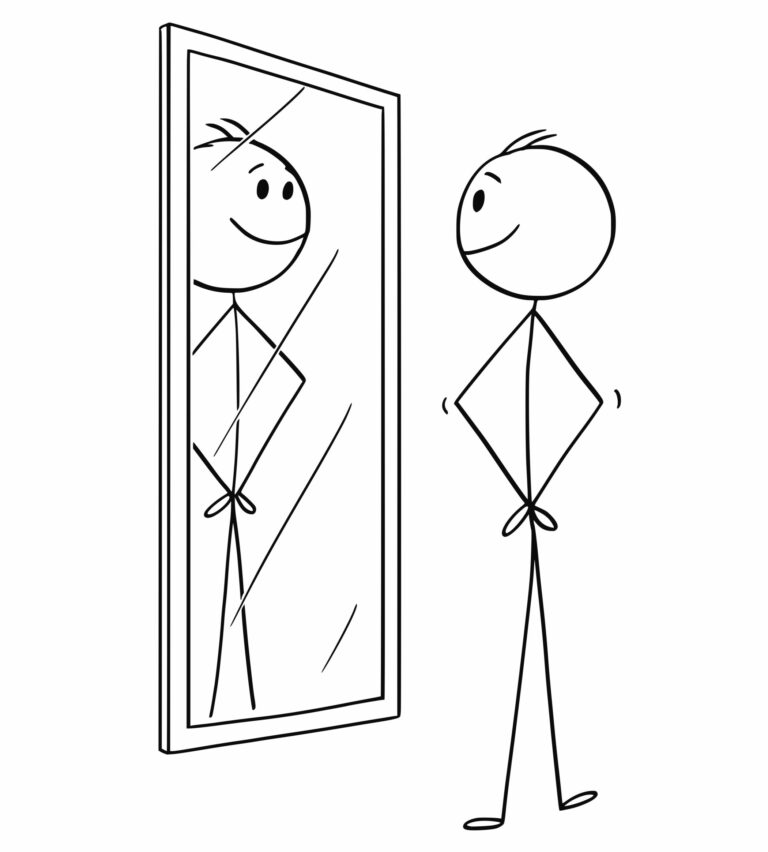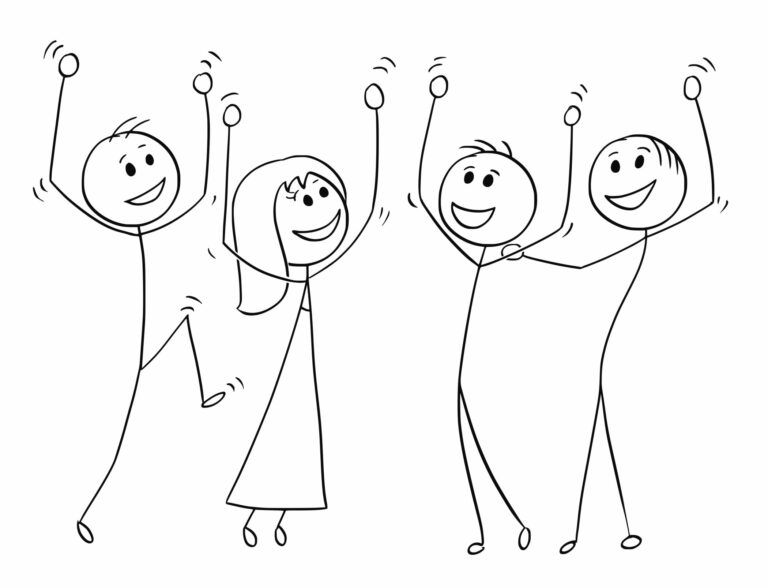MBTI : discover your personality to better exploit your abilities
The MBTI model, based on the personality theories of the eminent Swiss psychologist Carl Jung, was developed by two non-psychologist women, Katharine Briggs and Isabel Myers, who wanted to make the power of Jung’s ideas accessible to the greatest number of people.
The personality model described by the MBTI is easy to understand: all the steps are designed to involve the person in order to have a convincing impact; the results are directly applicable. The Myers-Briggs questionnaire is the result of numerous research studies, which attest to the robustness and reliability of its results.
The MBTI® provides a framework for the team to understand how each member can bring something different to the table. It helps to stimulate success and strengthen relationships.
Each of us behaves according to preferences linked to our personality type. These preferences are natural and vary little throughout our lives. On the other hand, we often see people develop “adapted” behaviors, especially in a professional world
An example: you are right-handed? Writing your name with your right hand is easy and natural for you. Writing your name with your left hand will probably be less comfortable and require more effort. But you can do it!
In simple terms, the MBTI allows us to observe four dimensions in an individual: energy orientation (extraversion E or introversion I), modes of perception of reality (sensation S or intuition N), decision-making criteria (thinking T or feeling F) and lifestyle (judgment J or perception P). The combination of these eight preferences gives 16 possible types. Each of these types is associated with distinct personalities and behaviors.
The MBTI is not an evaluation test. Its main interest lies not in the results themselves, but in the discovery interview that follows the questionnaire. During this interview, you are invited to question yourself and your way of behaving, in life and with others. It allows you to explore your preferences and helps you validate your “type”.
And then what? This is where it gets interesting… Because knowing your personality type is not an end in itself. Being aware of one’s preferred functions allows us to understand which environment suits us best. On the other hand, identifying the functions that we use the least and that would benefit from being developed to function better with others will often prove useful… This is why the MBTI is used individually as a personal development tool, but also in teams, in a team-building approach.



